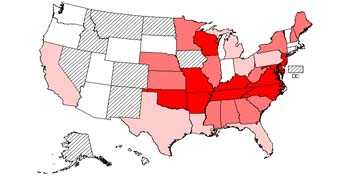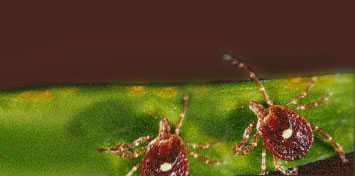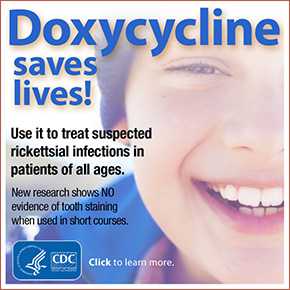Ehrlichiosis is the general name used to describe several bacterial diseases that affect animals and humans. Human ehrlichiosisis a disease caused by at least three different ehrlichial species in the United States: Ehrlichia chaffeensis, Ehrlichia ewingii, and a third Ehrlichia species provisionally called Ehrlichia muris-like (EML). Ehrlichiae are transmitted to humans by the bite of an infected tick. The lone star tick (Amblyomma americanum) is the primary vector of both Ehrlichia chaffeensis and Ehrlichia ewingii in the United States. Typical symptoms include: fever, headache, fatigue, and muscle aches. Usually, these symptoms occur within 1-2 weeks following a tick bite. Ehrlichios is diagnosed based on symptoms, clinical presentation, and later confirmed with specialized laboratory tests. The first line treatment for adults and children of all ages is doxycycline. Ehrlichiosis and other tickborne diseases can be prevented.
Related Tick Topics
New materials for this tick season:
- Medscape Expert Commentary — Tickborne Rickettsial Diseases: Updated Guidelines for Patient Diagnosis and Management.
- COCA call—Little Bite, Big Disease: Recognizing and Managing Tickborne Illnesses. Free CE available!
- MMWR Recommendations and Reports—Diagnosis and Management of Tickborne Rickettsial Diseases: Rocky Mountain Spotted Fever and Other Spotted Fever Group Rickettsioses, Ehrlichioses, and Anaplasmosis — United States. Free CE available!
- Borrelia miyamotoi – What you need to know about Borrelia miyamotoi

- Page last reviewed: January 14, 2016
- Page last updated: June 23, 2016
- Content source:


 ShareCompartir
ShareCompartir



